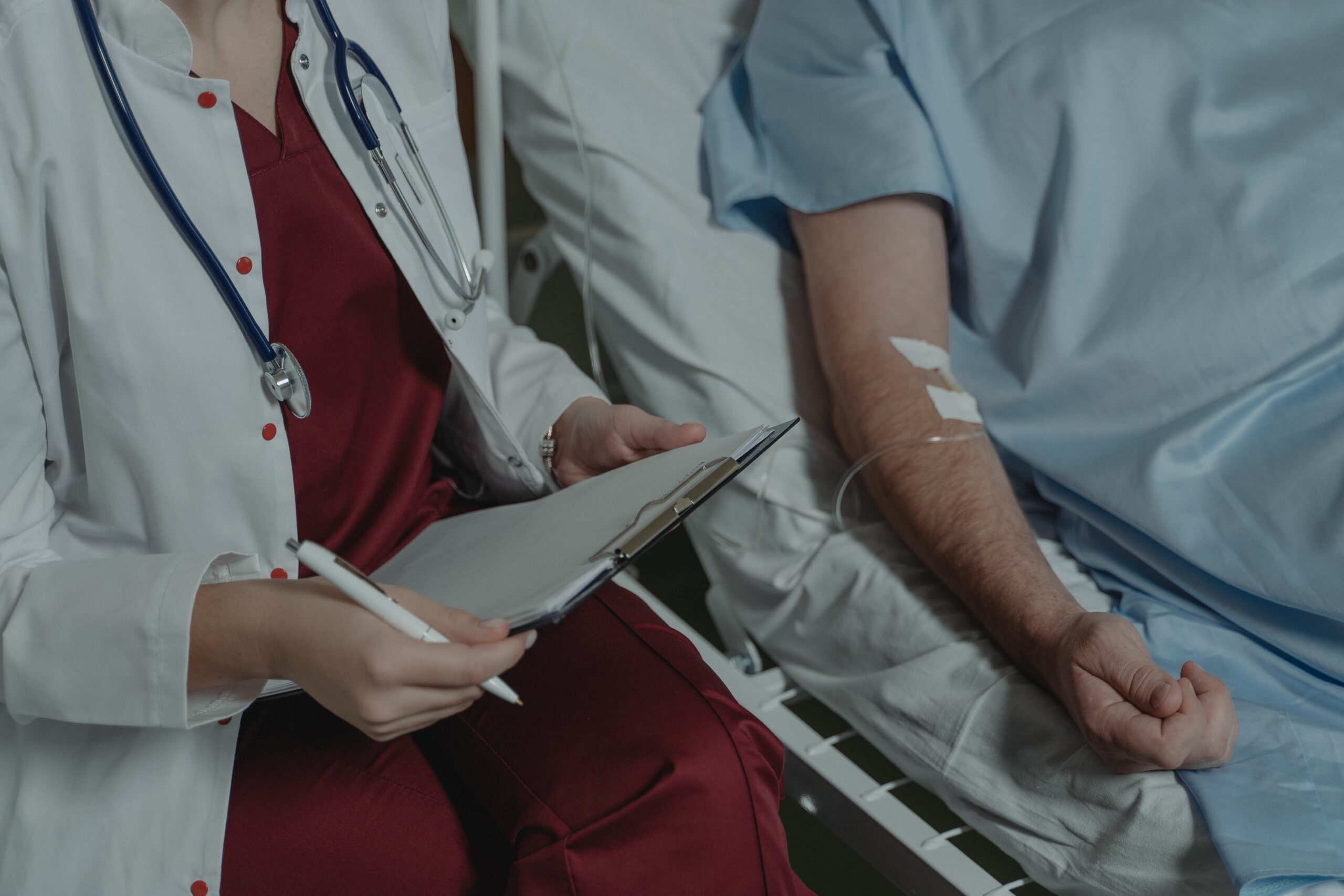Who knows how many times we will have heard of a loved one or a friend suffering from cancer. And among the most common speeches, on the sidelines of the discussion, the phrase “unfortunately it is a family gene” is often triggered. This is partly true, but not entirely because cancer, unlike cystic fibrosis for example, is not a true hereditary disease. As cancer research specifies, however, there are mutations that we inherit from parents and that can actually increase the risk of cancer birth. How important is the familial genetic predisposition in the most common cancers and how science responds is the subject of this article that we are going to read.
Let’s talk about a genetic disease
In fact, especially in specialist visits and during radiological examinations, doctors and professors ask us if there are any cases of cancer within the family. For this reason, we must not forget that cancer is in effect a genetic disease. This is because during the course of our life, as we know cells can change spontaneously. In most cases without creating major problems, sometimes generating a tumor instead. This happens when the DNA does not multiply correctly, but also when we sustain an unbalanced lifestyle or we expose ourselves to risk factors that can, in fact, modify the DNA. Here then, in theory, already at the moment of birth we could inherit these mutations already present in conception from mom and dad.
How important is the familial genetic predisposition in the most common cancers and how science responds
Therefore, we cannot absolutely say with certainty that cancer passes in the family on a generational level, because it is science that supports it. Even more cases can occur in the same family. According to statistics, in fact, the actual and scientifically detectable cases of hereditary tumors represent only 10% of cases.
What are the most dangerous work environments
According to the International Agency for Research on Cancer, there are about 400 carcinogens and mutagens harmful to humans and found in the workplace. From asbestos to chemical agents, from pesticides to chemical and biological treatments, there are so many potentially dangerous exposures. In particular, according to statistical data, these are the most dangerous environments:
- steel welds;
- asfaltature stradali;
- production of rubber and plastic;
- agriculture;
- petrochemical.
Deepening
Here is the cancer that is increasing in our country, affecting thousands of Italians every year
